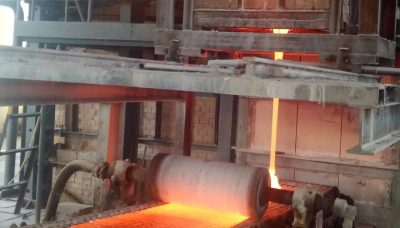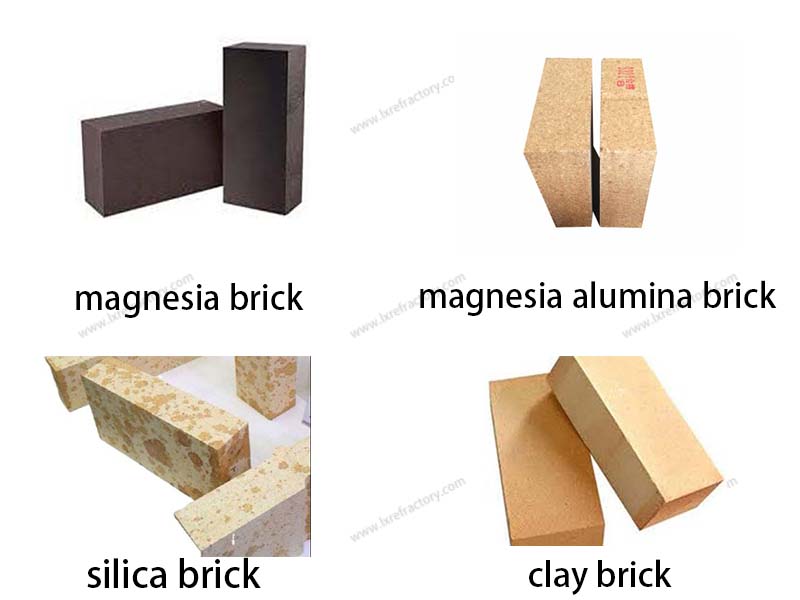Fire bricks are used in a wide range of industrial applications due to their remarkable heat-resistant properties. These specialized bricks play a crucial role in various high-temperature processes.
Fire bricks are used in furnaces and kilns in the metallurgical industry. They can withstand the intense heat generated during the smelting and refining of metals, ensuring the integrity and efficiency of the operation. In the cement manufacturing sector, fire bricks are used to line the interiors of rotary kilns, where they protect the structure from the extreme temperatures required for the production of cement.
Fire bricks are also used in glass manufacturing. The high temperatures needed to melt and shape glass would cause significant damage to the equipment without the protection provided by fire bricks. Additionally, in power plants that rely on coal or other solid fuels, fire bricks are used in boilers to contain the heat and prevent damage to the walls.

Fire bricks are use:glass kiln
The quality and performance of fire bricks are determined by several factors. The composition of the materials used, the manufacturing process, and the conditions under which they are used all have an impact on their lifespan and effectiveness. High-quality fire bricks are carefully engineered to resist thermal shock, chemical attack, and mechanical stress.
Proper installation and maintenance of fire bricks are essential for their optimal performance. Skilled workers ensure that the bricks are laid correctly, with minimal gaps and proper adhesion, to provide a continuous and effective heat barrier. Regular inspections and timely replacement of damaged bricks help to avoid potential breakdowns and ensure the smooth operation of industrial processes.
In conclusion, fire bricks are indispensable in many industries where high temperatures are involved. Their use contributes to the efficiency, safety, and longevity of industrial equipment, enabling the production of various essential materials and energy.

